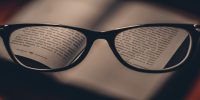We’re told most successful people read often and that reading makes us smarter. That’s why many set a reading target for the year, some consuming as many as 100 books yearly. With that many books being consumed, we are led to ask, “But are you reading productively?” The answer to this question boils down to the reading techniques that are used to gather information. Read on to explore these techniques to see how they can help you read productively.
1. Scanning
Whether you realize it or not, you probably use this kind of reading on a daily basis. This reading technique involves looking over details to get the specific information you need. Emails, menus, and even blog posts are easy to scan to look for the necessary information. However, “walls of text,” whether in blogs or books, make this tricky. It’s difficult to scan large blocks.

Instead of reading the entire content, use this technique to:
- Prioritize emails by reading the subject lines
- Check the relevance of headings and lists on blog posts
- Look through a book’s table of contents for specific details
2. Skimming
Skimming is quickly reading information to get the gist of the material. While it doesn’t involve decoding details, it gives you the main idea and structure of the content, which makes accurate scanning easier. This is common with reading non-fiction, seeking the author’s unique point of view before deciding whether you want to invest more time in reading it.
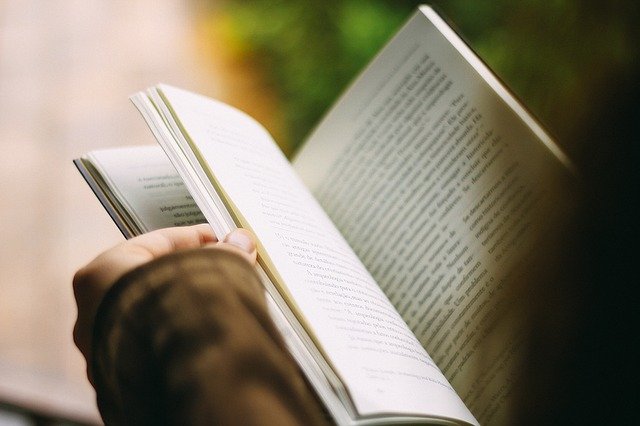
Many who’ve already read several non-fiction books around the same topic can afford to still gain valuable insights from just skimming a book in that niche. However, things like contracts, whitepapers, studies, and other technical material aren’t suitable for skimming.
Skim material to:
- Review what you’ve learned
- Check content for the main idea
- Look up statistics and their sources
- Check reviews
- Look for as much information as you can in a limited time
3. Active Reading
The active reading technique is consuming material while asking yourself questions that pertain to the topic, reflecting on varied perspectives, while taking previous knowledge into consideration to attain a deeper understanding. After utilizing one of the previous reading techniques, skimming, and finding the content worthy of a second immersive read, applying the active reading technique would help gain deep insights.
The active reading technique should be used when consuming any information you wish to understand deeply.
4. Detailed/Intensive Reading
While it’s quite similar to active reading, this reading technique also involves discerning the meaning and context of each word. It is mostly intended for obtaining the most accurate information from the text.

Detailed reading demands that you understand every piece of content, word for word. That’s why it’s paramount to have a dictionary or other resources at hand to decode the information. Also, you may read and reread a couple of times to ensure you have absorbed the information accurately.
Read intensively to:
- Convey messages in email, social media, and other sensitive platforms
- Reading delicate documents, such as contracts and memos
- Studying text for tests
5. Extensive Reading
This technique involves reading a wide range of content, whether fiction or non-fiction. It is usually for acquiring general knowledge, pleasure reading, or both. Therefore, whether you need a multifaceted understanding of a particular topic or are reading for fun, extensive reading is the best tactic.
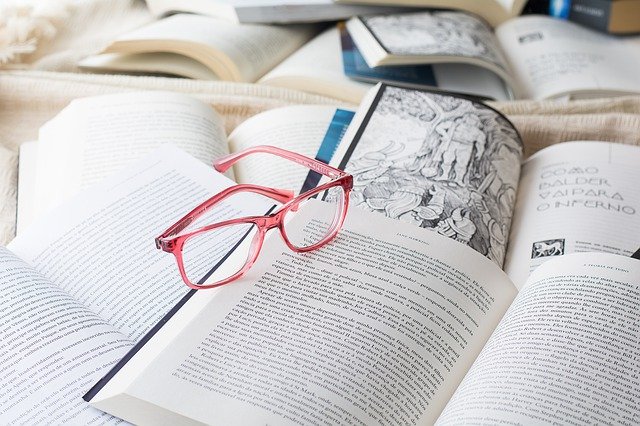
You can read extensively to increase your reading speed, improve your vocabulary, or discern consistencies around certain types of material. I read about personal development extensively, and from time to time, I stumble upon material I want to read intensively.
6. Structure-Proposition-Evaluation
Also referred to as the SPE reading technique, the structure-proposition-evaluation method became known after Mortimer Adler and Charles Doren mentioned it in their book How To Read A Book. It’s mainly useful in studying non-fiction books for their practicality.
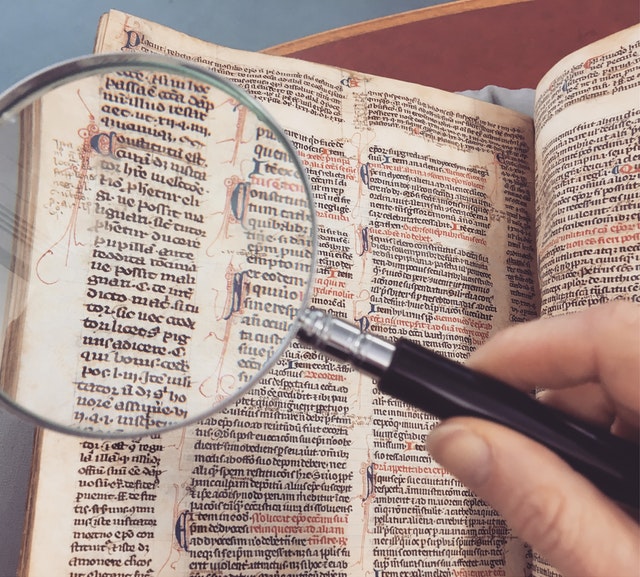
The process can be broken down in this way:
- Structure: checking the structure of the material
- Proposition: identifying and arranging the propositions made
- Evaluation: assessing the validity of the propositions and conclusions
This tactic is crucial for many non-fiction readers to prevent falling into the trap of believing every philosophy they read.
7. SQ3R
This process includes various steps to facilitate a clear understanding of what you have read to the point of being able to explain it to someone else.
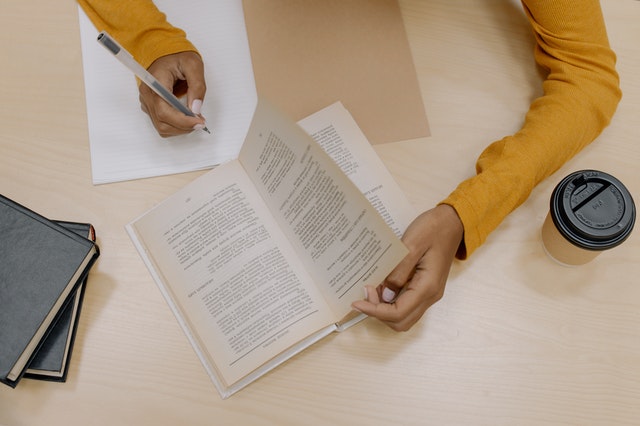
The SQ3R reading technique breaks down as follows:
- Survey: this step requires you to skim through the table of contents, preface, headings, and other scannable elements to come up with an idea of the author’s message.
- Questions: turn the headings into questions to create a mindset in search of answers.
- Read: digest the material while coming up with answers to your written questions – in your own words.
- Recall: without referring to the notes, visualize the topic while reciting it as if teaching someone with no understanding of the concept.
- Review: check your understanding of the concepts against the original material for fluency and accuracy to ensure a more thorough understanding.
This technique is one of the most effective for an in-depth understanding of topics. It also ensures accuracy of understanding and is similar to the Feynman learning technique, suggested for reading with the purpose of becoming smarter.
Using these reading techniques, you’ll have more productive reading sessions, entering into the sessions with a goal in mind. Which of these techniques do you use to ensure productive reading when gathering information? We’d love to know your thoughts in the comment section below! Read on to learn tips to improve your productive reading skills.

